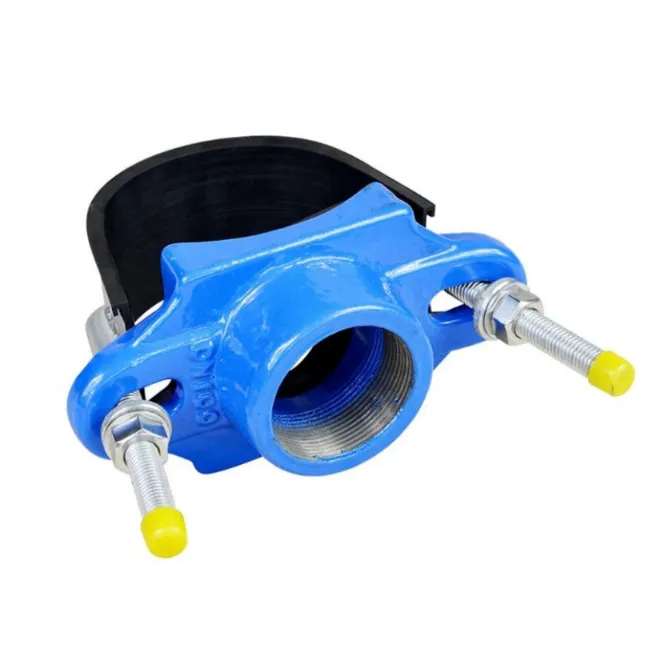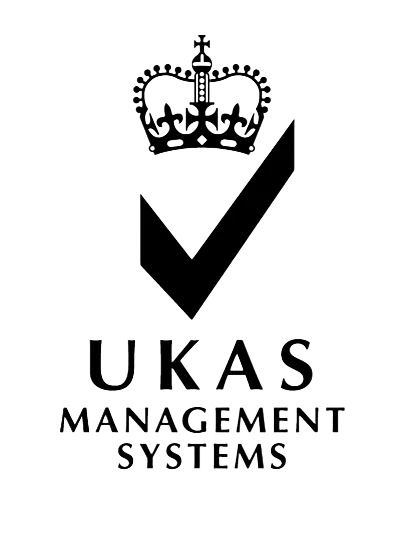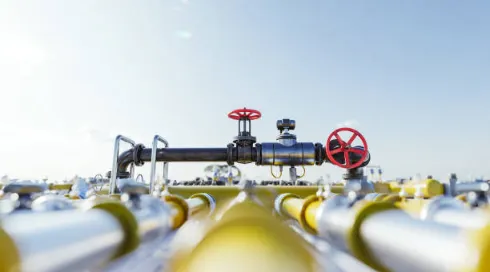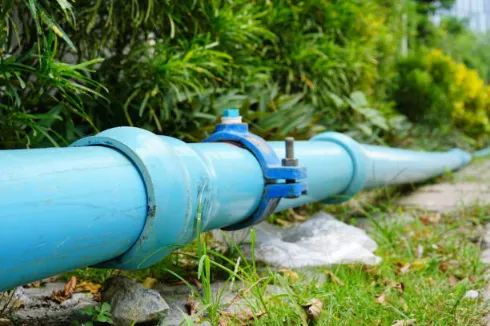Introduction
Pipelines keep things moving, water, wastewater, or industrial fluids. Halting them for fixes or upgrades is a big pain. It costs money, messes up schedules, and can upset entire communities. That’s why adding a branch without stopping the flow is so handy. This guide explains how to do it using tools like Saddle Clamps. It’s practical, it works, and it saves a lot of trouble. Let’s dive in.
Why Pipeline Shutdowns Are a Major Challenge
The Cost and Disruption of System Downtime
Stopping a pipeline is a big deal. In a factory, even a short pause can cost thousands, workers sit idle, shipments get delayed. For city water systems, a shutdown might leave homes dry. That’s no fun, especially if it’s during a big event like a festival. Once, a small town had to push back a shutdown because of bad timing. The money lost isn’t just from stopped work. It’s also paying crews to wait and dealing with supply chain hiccups. Every second adds up.
The Demand for Continuous Operation
Some systems can’t stop. Think about city water, people need it all the time. Or cooling systems in factories, those pipes keep machines from frying. Wastewater systems are tricky too; stopping them risks environmental trouble. In these cases, halting the flow is the last thing you want. Conflex builds solutions to keep things running, even in tough spots.
The Principle Behind Non Stop Branch Connections
What Is Live Tapping?
Live tapping, or hot tapping, lets workers add a new branch to a pipe under pressure. No need to stop the flow. It’s like fixing a car engine while it’s running. You attach a fitting, add a valve, and drill into the pipe, all while everything keeps moving. No breaks, no chaos. It’s a lifesaver for systems that must stay on.
Why Saddle Clamps Are Key to Live Tapping
Saddle Clamps are the real stars. They hug the pipe tightly, making a secure spot for the new branch. They work with HDPE, PVC, ductile iron, and steel pipes, which is great for mixed systems. Their design stops leaks, even with pressure inside. Conflex makes Saddle Clamps just for this job, so they’re a top pick for live tapping.
How Saddle Clamps Enable Branch Installation Without Shutdown
Step by Step Process Overview
Adding a branch without stopping the pipeline is pretty simple with the right gear. Here’s the deal:
- Set the Saddle Clamp: Put the clamp around the pipe where you want the branch. Line it up carefully.
- Tighten it up: Fasten the bolts evenly to seal the pipe all around. No gaps allowed.
- Drill with pressure on: Hook up a tapping machine and cut through the clamp’s outlet. The system stays live, and the clamp keeps it tight.
- Add the new line: Attach the new pipe to the clamp’s outlet. Check for leaks, and you’re good.
It sounds easy, but you gotta be precise. One slip, and things get messy.
Key Performance Features to Ensure Reliability
Saddle Clamps aren’t just metal hoops. They’re built tough. High sealing gaskets, like EPDM or NBR, stop leaks even under heavy pressure. The clamp body, often stainless steel or ductile iron, handles rough conditions without rusting. These clamps can take the pressure of water or industrial systems without breaking. Conflex designs them for both long term use and quick fixes, so they’re reliable no matter what.

Choosing the Right Saddle Clamp for Your System
Pipe Material and Diameter Considerations
Pipes come in all types. HDPE bends, PVC snaps, steel stays stiff. The clamp has to fit the pipe’s material and size. A clamp for a 12 inch ductile iron pipe won’t work on a 6 inch PVC one. Measure the pipe exactly and check if the clamp matches the material. A wrong clamp can crack the pipe or leak.
Pressure Class and Sealing Material Selection
Pressure matters a lot. A clamp for low pressure water might fail on a 200 psi industrial line. The gasket material is key too, EPDM works great for water, but NBR is better for oils or chemicals. Pick the wrong one, and you’ll get leaks or breakdowns. Always check the system’s details before choosing.
Installation Environment
Where the clamp goes changes how it performs. Above ground pipes face heat, cold, or sun damage. Underground ones deal with rusty soil or shifting dirt. If the fluid inside is harsh, like in chemical plants, the clamp’s materials need to be tough. Think about these things early to avoid trouble later.
Common Mistakes and How to Avoid Them
Over Tightening or Uneven Clamping
It’s easy to tighten bolts too much, but that can bend the pipe, especially PVC or HDPE. Uneven tightening is bad too, it leaves weak spots. Use a torque wrench and follow the maker’s guide. Tighten bolts in a crisscross way, like with car tires. It works.
Ignoring Gasket Alignment
A crooked gasket means leaks later. The gasket has to sit flat around the pipe, no twists or gaps. Check it twice before tightening. It’s a small thing that saves big headaches.
Selecting Clamps Without Verifying Compatibility
Using a clamp that doesn’t match the pipe’s material or pressure is a newbie move. It’s like putting a bike tire on a truck, it won’t last. Always check the clamp’s specs against the pipe’s size, material, and pressure. Skipping this step leads to trouble.
Real World Applications of Saddle Clamps
Municipal Water Distribution
Cities often need new water lines for growing areas. Saddle Clamps let them tap into main pipes without cutting off water. People stay happy, and the utility avoids complaints.
Industrial Process Plants
In factories, adding a sensor or sampling line can be a hassle. Saddle Clamps make it easy to tap live systems without stopping work. It’s perfect for plants that run non stop.
Emergency Field Repairs
When a pipe leaks in a remote spot, shutting down isn’t always possible. Saddle Clamps can patch it or add a temporary bypass to keep things flowing. Conflex’s clamps are made for these urgent fixes, offering fast and solid solutions.
Conclusion
Adding a branch without stopping the pipeline saves time, money, and stress. Saddle Clamps make it happen, letting you tap live pipes without leaks or breaks. Conflex offers a variety of Saddle Clamps for everything from city water to factory systems, keeping projects smooth. Pick the right clamp, follow the steps, and your pipeline stays online.
FAQ
Q: Can Saddle Clamps be used on any pipe material?
A: Most work with HDPE, PVC, ductile iron, and steel, but check the clamp’s specs for the pipe’s material and size.
Q: Is live tapping safe for high pressure systems?
A: Yep, if the clamp and gear are rated for the pressure. Good installation is a must to avoid leaks.
Q: How long does it take to install a Saddle Clamp?
A: For pros, it’s about 30 minutes to an hour, depending on pipe size and conditions.
Q: Do Saddle Clamps need maintenance?
A: Not much, if installed right. Check for rust or gasket wear now and then, especially in tough spots.










